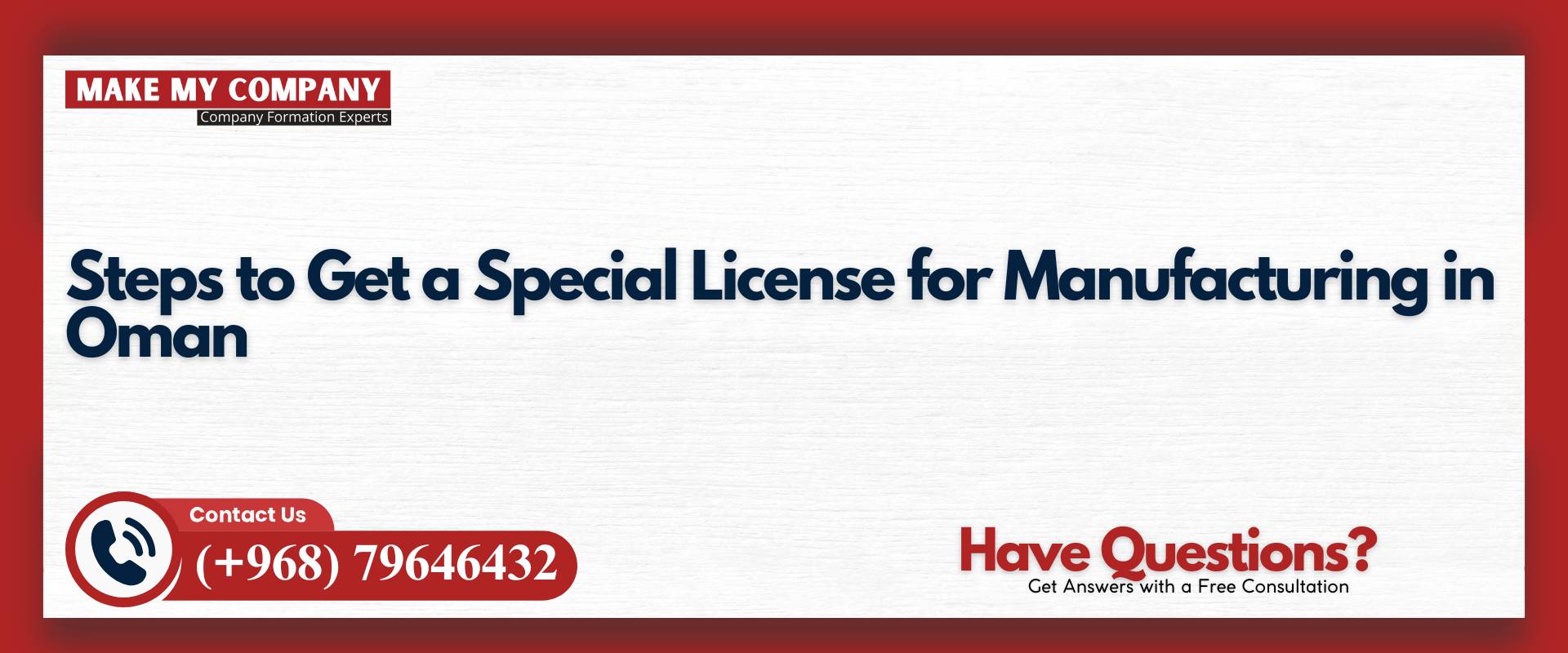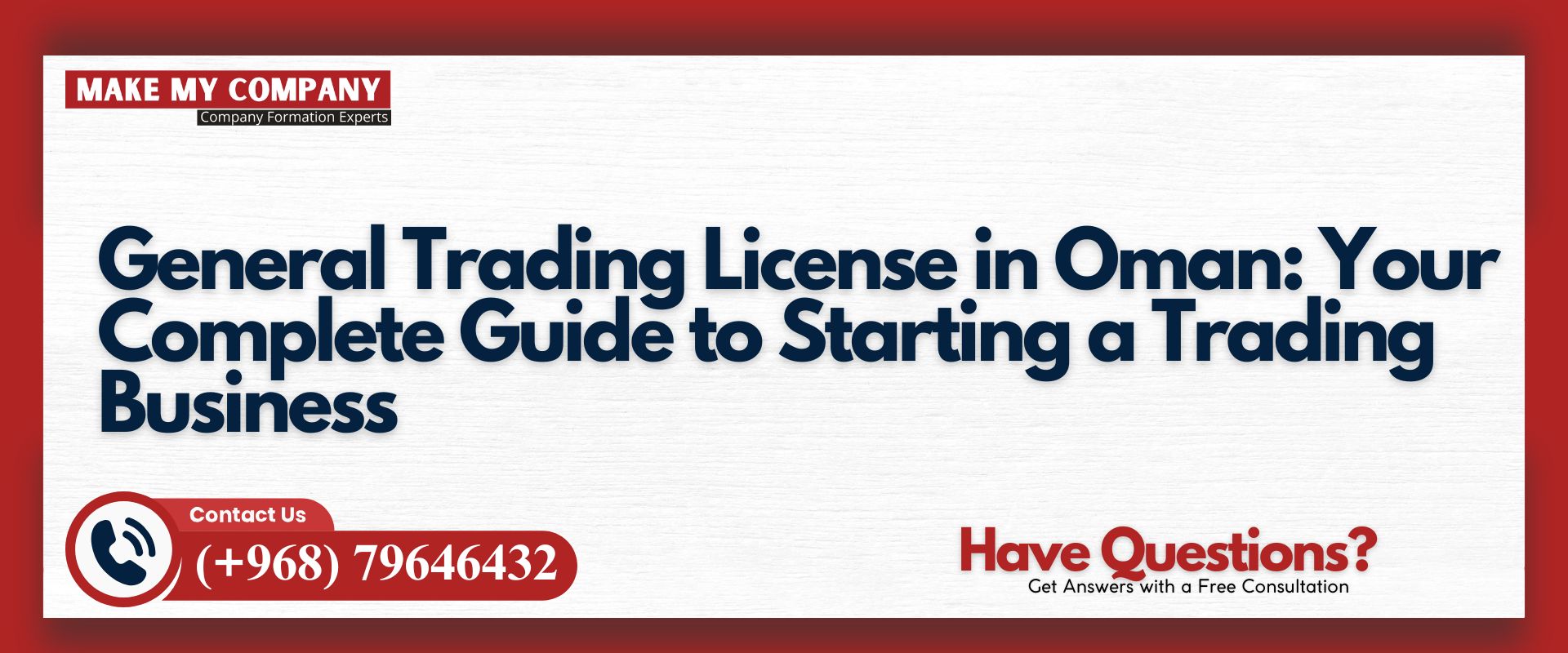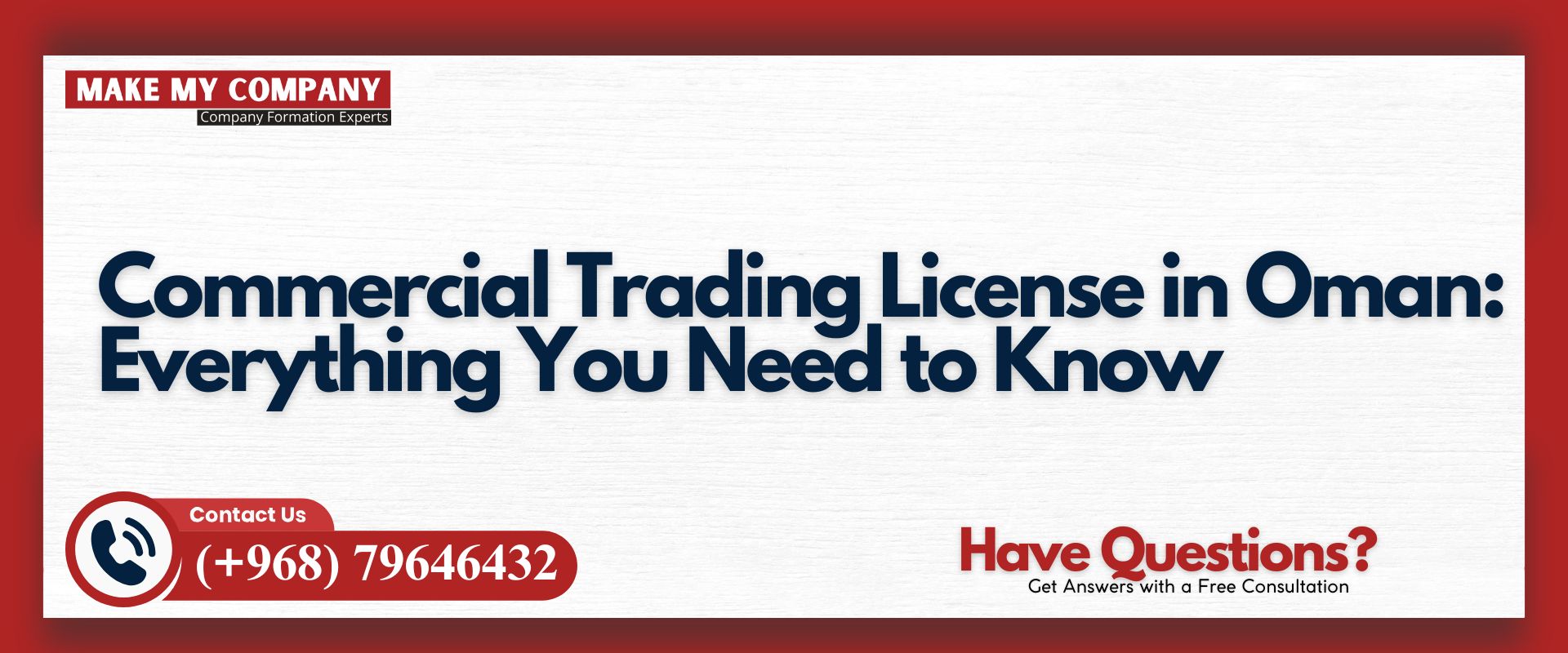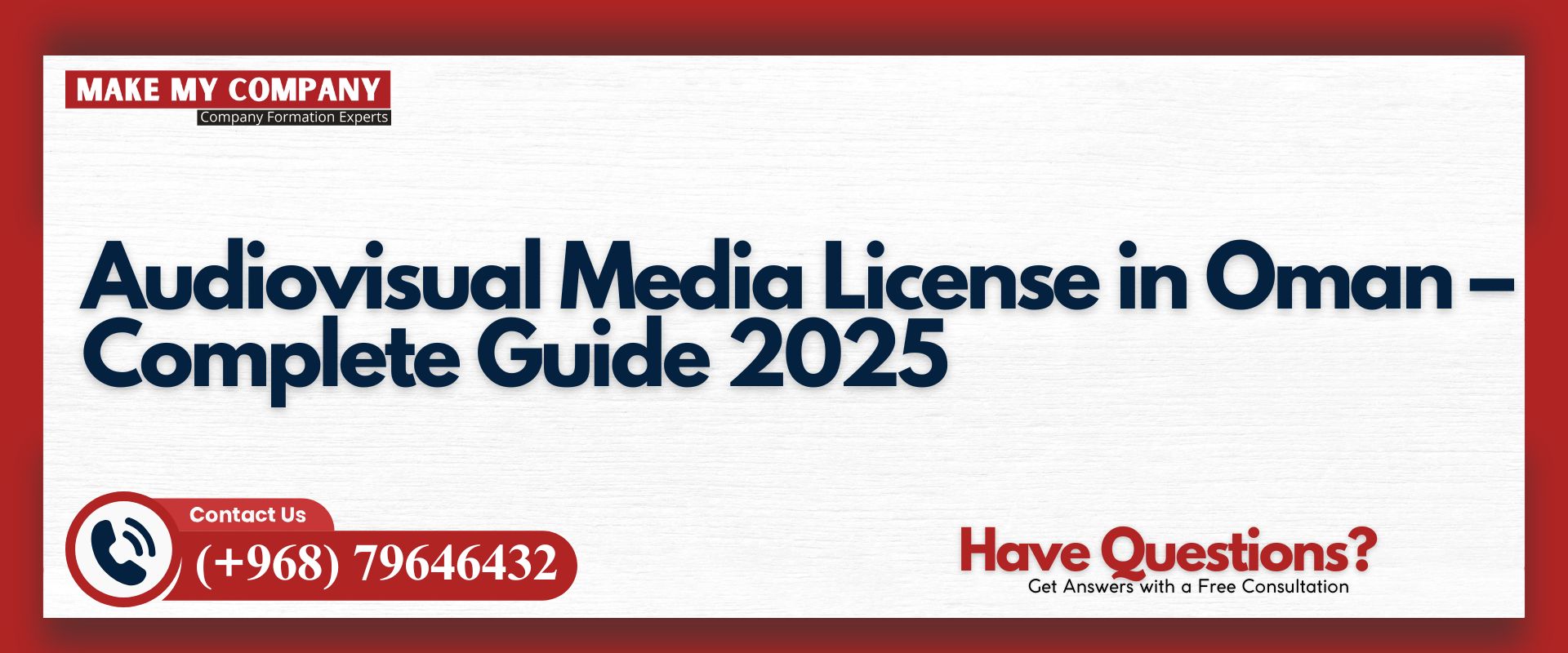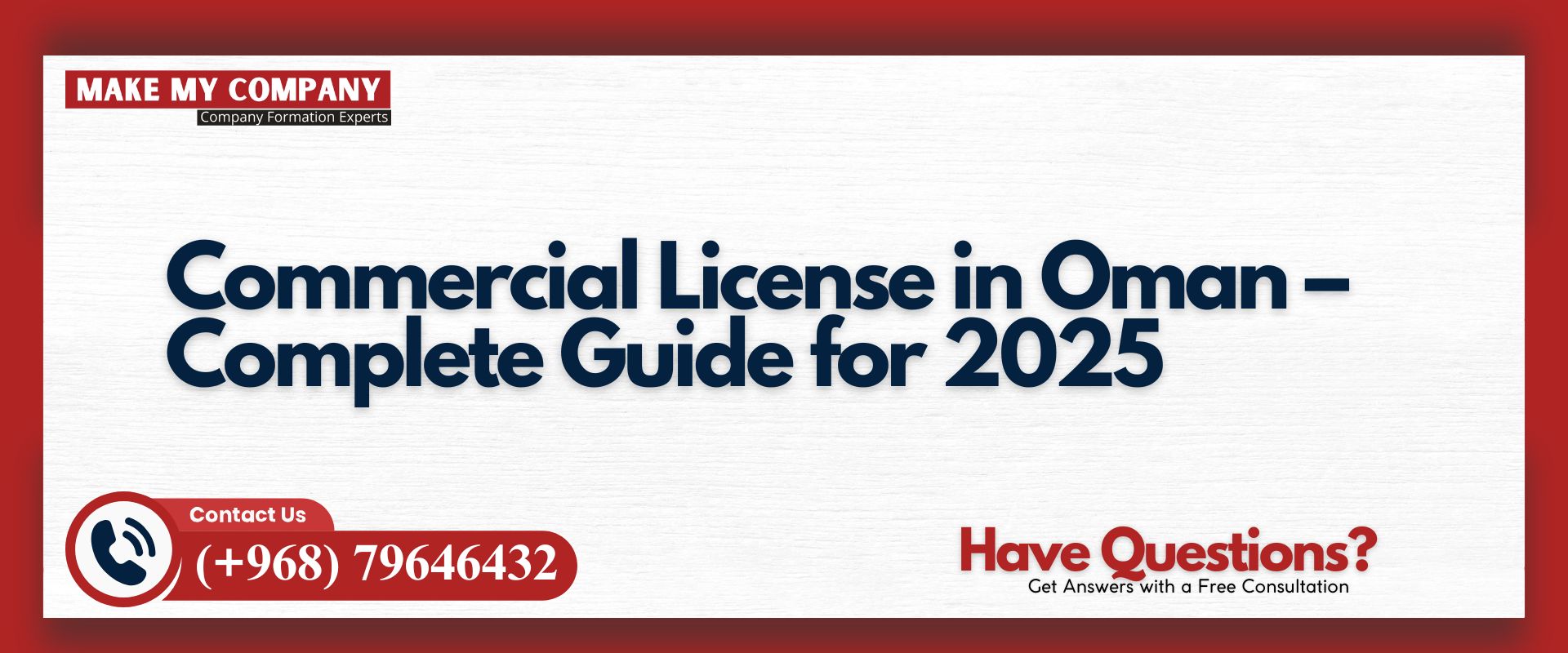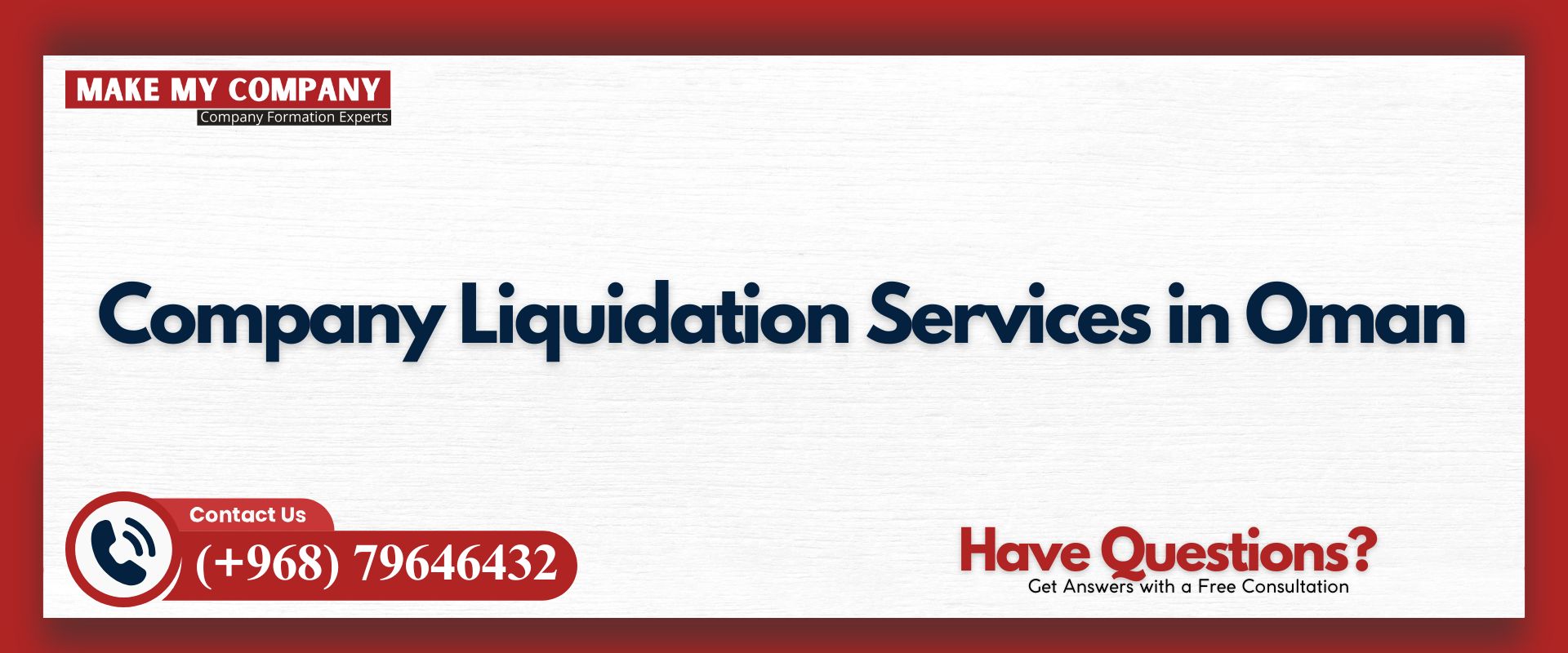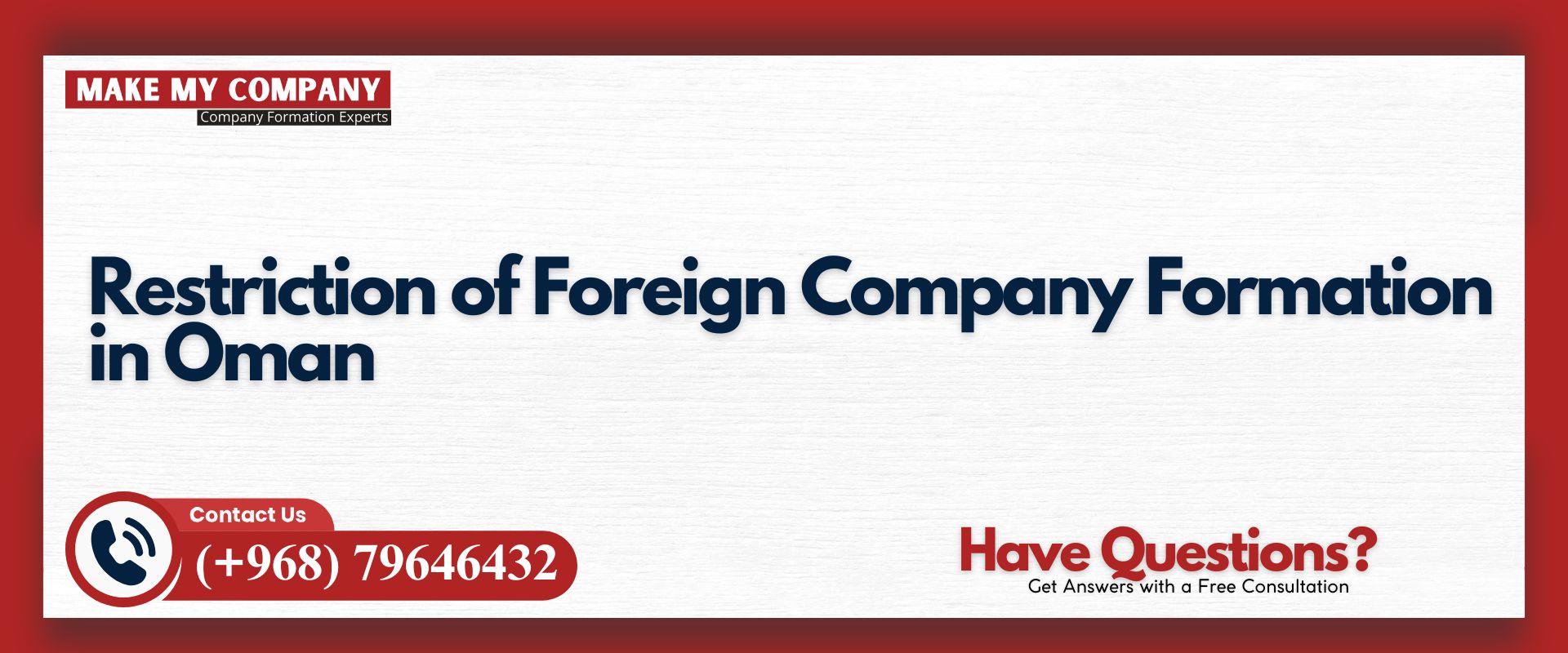Manufacturing in Oman presents immense opportunities for businesses looking to tap into the Gulf region’s industrial landscape. To establish a manufacturing facility legally, companies must obtain a special license, which guarantees compliance with national regulations and unlocks various government incentives. This article outlines the essential steps to secure a manufacturing license in Oman, from eligibility criteria and required documentation to the cost breakdown and benefits that come with it. Additionally, it highlights the involvement of government bodies, key legal frameworks, and the long-term advantages of operating within Oman’s regulated industrial environment.
What Is a Special Manufacturing License in Oman?
A special manufacturing license in Oman is a legal document issued by the Ministry of Commerce, Industry, and Investment Promotion (MOCIIP) that authorizes companies to carry out manufacturing activities within the country. This license serves as proof that the manufacturing process adheres to Oman’s industrial standards, environmental regulations, and safety protocols. Without this license, manufacturing operations are considered illegal, subject to penalties, and risk being shut down by authorities.
The license also acts as a gateway to various benefits, including tax incentives, government subsidies, and eligibility for participation in large-scale industrial projects. For businesses seeking to establish credibility and long-term sustainability in the Omani market, securing this license is indispensable.
- Legal Recognition
- Access to Incentives
- Compliance with Safety and Environmental Standards
Why Do You Need a Special License for Manufacturing in Oman?
The need for a special manufacturing license in Oman extends beyond legal formalities. It is a critical element that safeguards business interests and ensures the smooth operation of manufacturing units.
Firstly, the license ensures that manufacturers comply with national laws, thus avoiding potential legal complications. Secondly, businesses that hold a manufacturing license can benefit from government programs designed to support industrial growth, including tax reliefs and access to industrial zones.
Additionally, the license enhances the company’s reputation and credibility, enabling it to attract potential investors and partners. Operating without the required licensing not only risks legal action but also prevents businesses from tapping into lucrative opportunities within Oman’s industrial sector.
- Legal Compliance
- Access to Incentives
- Market Credibility
- Environmental and Safety Standards
- Expansion Opportunities
Eligibility Criteria for Obtaining a Manufacturing License in Oman
The eligibility criteria for obtaining a manufacturing license in Oman ensure that businesses have the necessary resources, infrastructure, and legal standing to engage in manufacturing activities. Companies must meet certain conditions to qualify for the license.
The applicant must be a registered entity in Oman, which can either be a fully Omani-owned company or a foreign entity with a local Omani partner. Additionally, the type of manufacturing activity must align with the country’s industrial development goals. Companies need to demonstrate financial stability and secure land or facilities in designated industrial zones. For certain industries, conducting an Environmental Impact Assessment (EIA) is mandatory to obtain clearance.
- Business Structure
- Industry Type
- Financial Stability
- Land and Facility Requirements
- Environmental Impact Assessment
Key Documents Required for a Manufacturing License Application
The documentation process for obtaining a manufacturing license in Oman is comprehensive and requires meticulous preparation. Submitting the correct documents is essential for ensuring the smooth processing of the application.
Key documents include proof of business registration, ownership or lease agreements for land, and a feasibility study of the project. Applicants must also provide an Environmental Impact Assessment report, technical drawings of the factory layout, and a detailed business plan outlining the scope and objectives of the manufacturing unit. Additionally, financial statements and health and safety certificates are critical to demonstrate the operational readiness of the facility.
- Business Registration Certificate
- Proof of Land Ownership or Lease Agreement
- Project Feasibility Study
- Environmental Impact Assessment (EIA) Report
- Detailed Business Plan
- Technical Drawings and Factory Layout Plans
- Financial Statements and Bank Guarantees
- Health and Safety Compliance Certificates
- Workforce and Employment Plans
- No Objection Certificate (NOC) from Relevant Authorities
Step-by-Step Guide to Apply for a Manufacturing License in Oman
Applying for a manufacturing license in Oman involves several crucial steps, each designed to ensure that manufacturing units adhere to regulatory, safety, and environmental standards. Navigating the application process can seem complex, but breaking it down into structured phases can make the journey smoother and more efficient. Here is a detailed step-by-step guide to help you through the process.
Business Registration
The first step in obtaining a manufacturing license is to register your business with the Ministry of Commerce, Industry, and Investment Promotion (MOCIIP). This involves submitting necessary documentation and establishing the legal identity of your company in Oman. Without this registration, you cannot proceed with manufacturing activities.
Land Acquisition
Once your business is registered, you must secure land for your manufacturing facility. Industrial zones such as Sohar Industrial Estate and Rusayl Industrial Estate are popular choices. Acquiring land within these zones ensures that your manufacturing unit operates in a government-approved area, facilitating easier access to utilities and infrastructure.
Environmental Clearance
Manufacturers must conduct an Environmental Impact Assessment (EIA) to evaluate the potential environmental consequences of their operations. The report must be submitted to the Environmental Authority for approval. This step is critical for ensuring that your manufacturing activities align with environmental protection laws.
Prepare Documents
Gather all required documents, including project feasibility studies, financial statements, and detailed business plans. Proper documentation not only speeds up the process but also demonstrates your business’s readiness to comply with Omani regulations.
Application Submission
Submit the completed application along with all supporting documents through the Invest Easy portal or directly to MOCIIP. Ensure that all fields are accurately filled to avoid delays.
Inspection
After submission, government officials will conduct an on-site inspection of your facility. This inspection ensures that your manufacturing plant meets health, safety, and environmental standards.
Approval and Licensing
Upon successful inspection and verification, the manufacturing license will be granted, allowing you to commence operations legally.
Types of Manufacturing Activities Requiring a Special License in Oman
Manufacturing licenses are mandatory for various industries in Oman. These licenses apply to sectors that require stringent safety, environmental, and quality controls.
Industries such as petrochemicals, pharmaceuticals, and heavy machinery manufacturing require specialized licenses due to their potential environmental impact. Similarly, industries involved in food production, textiles, and electronics must also obtain manufacturing permits.
- Heavy Industries
- Food and Beverage Production
- Textile and Apparel Manufacturing
- Pharmaceutical and Medical Equipment Manufacturing
- Electronics and Electrical Goods Production
- Automotive Assembly and Spare Parts Manufacturing
Government Bodies Involved in the Licensing Process
The process of issuing manufacturing licenses in Oman involves collaboration between various government entities. Each body oversees specific aspects of industrial regulation and environmental protection.
The Ministry of Commerce, Industry, and Investment Promotion (MOCIIP) plays a central role in granting the licenses. Other key entities include the Public Authority for Special Economic Zones and Free Zones (OPAZ), which oversees free zones, and the Environmental Authority, responsible for ensuring compliance with environmental regulations.
- Ministry of Commerce, Industry, and Investment Promotion (MOCIIP)
- Public Authority for Special Economic Zones and Free Zones (OPAZ)
- Environmental Authority
- Oman Chamber of Commerce and Industry (OCCI)
- Municipal Authorities
Costs of Manufacturing Licenses in Oman
The costs of obtaining a manufacturing license in Oman vary depending on the type of industry, scale of operations, and location. Here is a breakdown of the typical costs involved:
- Application Fees: OMR 500 – 1,500
- Environmental Assessment Fees: OMR 2,000 – 5,000
- Inspection and Certification Charges: OMR 1,000 – 3,000
- Land Lease/Purchase Costs: Varies based on location and size
- Annual Renewal Fees: OMR 500 – 2,000
Benefits of Holding a Manufacturing License in Oman
Acquiring a manufacturing license in Oman unlocks significant advantages for businesses seeking growth and long-term sustainability. This license is not just a legal requirement but a gateway to numerous incentives and operational benefits that position manufacturers competitively in the market. Licensed manufacturers gain credibility and access to Oman’s industrial ecosystem, making it easier to expand operations, attract investors, and secure lucrative government contracts. Additionally, having a license fosters compliance with regulatory frameworks, ensuring seamless operations without the risk of fines or shutdowns.
Here are the key benefits of holding a manufacturing license in Oman:
- Tax Incentives and Exemptions – Licensed manufacturers benefit from corporate tax reductions, exemptions on certain manufacturing activities, and tax holidays in designated industrial zones.
- Reduced Tariffs on Machinery and Equipment Imports – Import duties on machinery, raw materials, and equipment used in manufacturing are significantly reduced, cutting down initial investment costs.
- Access to Industrial and Free Zones – Holding a license provides access to Oman’s industrial estates and free zones, offering lower operational costs, ready infrastructure, and proximity to ports and transport networks.
- Eligibility for Government Grants and Subsidies – Licensed manufacturers can apply for financial assistance, grants, and subsidies to support industrial development and innovation.
- Participation in Government Tenders and Contracts – Only licensed manufacturers are eligible to bid for large-scale government projects and public sector contracts, fostering business growth.
- Enhanced Market Credibility and Investor Trust – A manufacturing license signals legitimacy and professionalism, increasing investor confidence and making it easier to secure funding.
- Operational Efficiency and Reduced Overhead Costs – Access to industrial zones and free zones lowers utility costs, rental expenses, and overall operational expenditures.
- Long-Term Legal Protection and Sustainability – A manufacturing license ensures full legal protection, allowing businesses to operate without the risk of penalties, fines, or business closure due to non-compliance.
Learn More: Company Registration in Oman
Conclusion
Securing a special manufacturing license in Oman is essential for businesses aiming to establish or expand industrial operations in the country. By following the outlined steps and ensuring compliance with legal and regulatory requirements, businesses can benefit from Oman’s favorable investment climate and industrial growth initiatives. For expert assistance and streamlined processes, partnering with a Business Setup Company in Oman can significantly ease the licensing journey and enhance your chances of success.



